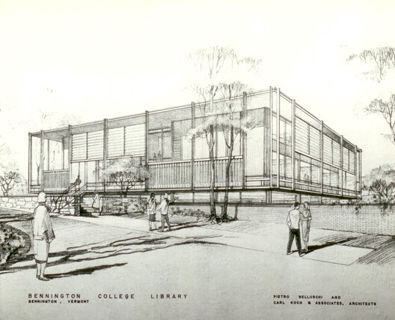
While the terms architect and designer may sound familiar, the skills of these two professionals are surprisingly different. While architects are traditionally focused on how their buildings look, designers consider how all aspects of a building’s function and appearance affect its occupants and their experience with it. In this article, we take a look at some of the ways that UX designers approach the design process and why they are so important to the architecture industry.
The Importance of Empathy
When you’re designing a product or service, there is one thing that can make or break your business. Empathy. If people don’t actually care about it, no amount of craft will save you, says Jess McMullin, author of The User Experience Team of One and founder of Density Design.
Architecting the Experience
A useful framework for design is called Human-Centered Design. In it, we break up a product or service into three different pieces: process, function and experience. The process is what happens when someone interacts with our product or service. Function can be thought of as how a product works—what does it do? Experience, on the other hand, is a more in-depth look at how people interact with a product—the feelings and emotions that get associated with using it. This is where User Experience (UX) designers come in. They are trained to think about these three elements together and create experiences that are both effective and enjoyable. While architects have always been concerned with building beautiful structures, they now need to focus on creating products and services that users will enjoy interacting with. There’s no reason why architects should not learn from UX designers and apply their methods to their own work. By focusing on human needs first, architects can create better buildings that make people happy. Here’s why:
1) It makes your clients happier – Clients want a building that serves its purpose well, but they also want one that looks good doing it.
From MVP to MVNUF - Minimum Viable Novel User Experience
If you’re an architect looking to redesign an existing structure, you’re likely designing it for users of a similar mindset. This can lead your vision down a path that many people will love and few will hate. The opposite holds true if you are trying to create something brand new—something that offers value but hasn’t been seen before (MVNUF). Great design means taking into consideration every type of user, no matter how different their needs are from your own. It is impossible to be truly empathetic towards all types of users, so instead you must focus on creating a Minimum Viable Novel User Experience (or MVNUF) – one which has just enough features to serve its intended purpose while still being accessible by as many types of users as possible. It is important not only to design with multiple use cases in mind, but also multiple demographics: age groups, genders, cultures and even personalities should all be considered when determining what makes up your MVNUF. In order to do so, ask yourself questions such as: What if my demographic doesn’t like certain colors? What if they don’t like clicking? What if they have trouble reading text? What would I need to do then? How could I make things more easily understood or more fun/entertaining/engaging? Is there a way I could change my design in such a way that it appeals to everyone instead of just some users? These questions may seem daunting at first, but you will find that answering them thoughtfully results in a better product overall. Remember, your job isn’t to please everyone; it is to create something novel and usable by as many people as possible!
Building the Interaction Model
It’s not just about aesthetics—human-centered design involves multiple disciplines, including interaction design and marketing. It also helps you gain valuable user feedback early on in your project, which ultimately improves your end product. If you’re looking to improve your human-centered design skills and work with an interdisciplinary team in a collaborative environment, consider becoming a UX designer. It may sound overwhelming at first, but once you learn some of these basic concepts (like cognitive psychology) it becomes much easier. We recommend checking out books like Don’t Make Me Think: A Common Sense Approach to Web Usability, 2nd Edition, by Steve Krug or taking classes on learning web development tools like HTML and CSS. You can even find free courses online!
The ‘Hows’ are as Important as the ‘Whats’
In many ways, designers are a bit like architects: They create documents (blueprints and floor plans) that explain what something will look like. But there’s one major difference: UX designers tend to think about functionality as much as aesthetics. And if you really want people to love your product—to fully appreciate it for its ease-of-use and excellent user experience—you have to pay attention to both what and how. And that means thinking more like a designer.
Follow Raymondauj to stay updated on their latest posts!
0 comments
Be the first to comment!
This post is waiting for your feedback.
Share your thoughts and join the conversation.
